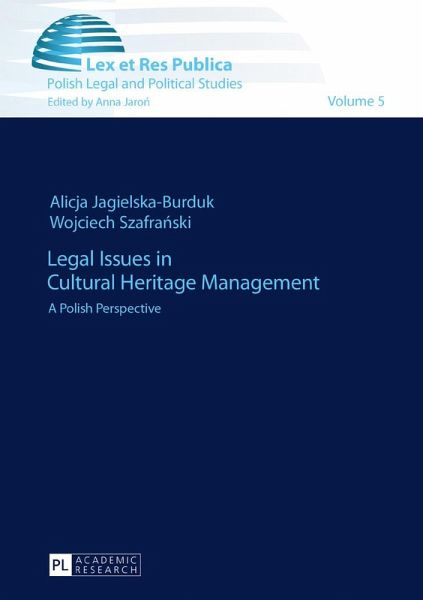
Legal Issues in Cultural Heritage Management
A Polish Perspective
Herausgegeben: Jaron, Anna
Versandkostenfrei!
Versandfertig in 6-10 Tagen
67,75 €
inkl. MwSt.

PAYBACK Punkte
0 °P sammeln!
This book presents the legal institutions involved in cultural heritage protection from a Polish point of view. Its authors set out the legal framework of cultural management in the context of private and public law. They analyse the Anglo-Saxon concept of trusts, fideicommissum set up by aristocratic families and, in the Polish legal system, foundations and property law. The authors research these institutions in terms of their ability to secure valuable cultural property selected for its artistic, historic and cultural qualities and of their effectiveness in doing so. They also outline a mod...
This book presents the legal institutions involved in cultural heritage protection from a Polish point of view. Its authors set out the legal framework of cultural management in the context of private and public law. They analyse the Anglo-Saxon concept of trusts, fideicommissum set up by aristocratic families and, in the Polish legal system, foundations and property law. The authors research these institutions in terms of their ability to secure valuable cultural property selected for its artistic, historic and cultural qualities and of their effectiveness in doing so. They also outline a model of economic heritage management putting forward proposals for its future operation.














